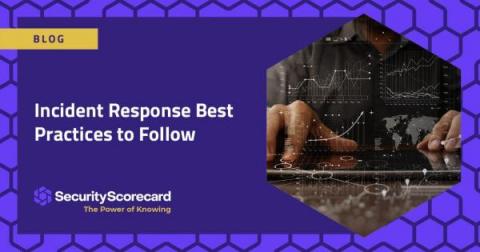The Key to Risk Intelligence: Visibility
Not all cybersecurity vulnerabilities are created equal. Some vulnerabilities have the potential to bring the entire organization to a halt, such as in the case of ransomware. Meanwhile, other vulnerabilities may only create limited opportunities for exploitation, putting them lower on the list of things to patch.


























